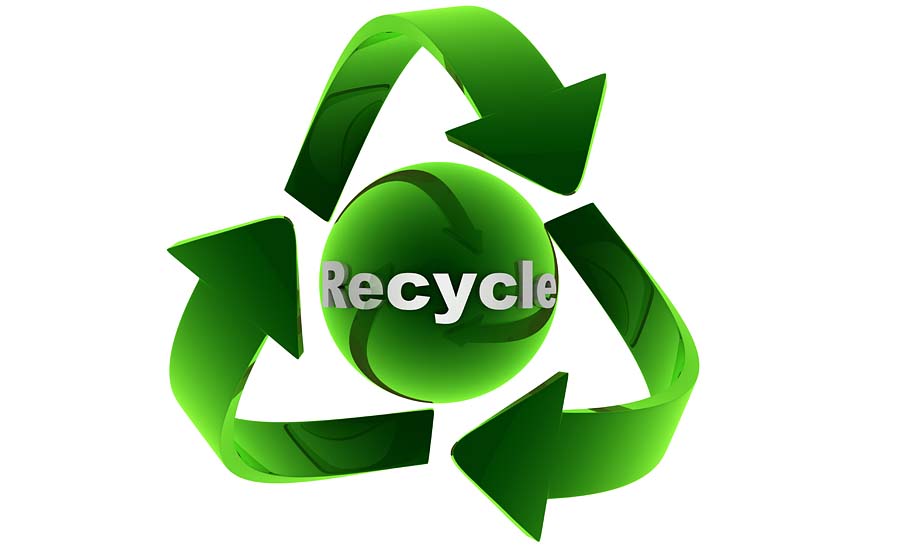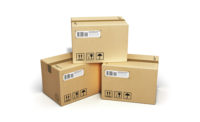What terminology, instructions and images most effectively increase quality recycling?
That was the objective of a recently conducted web-based survey by the Foodservice Packaging Institute, Falls Church, Va. The survey sought to learn where residents get recycling information and the impact of language on recycling behavior.
“The FPI survey aimed to re-create the moment a resident decides to recycle an item,” says Lynn Dyer, president. “We showed survey participants photos of cups, containers, boxes and bags to find out how language on foodservice packaging material impacts people’s curbside behavior.”
General key takeaways from the survey included the importance of using:
- Common language rather than industry jargon when describing recycling materials (e.g., calling an item a “plastic container,” not a “clamshell container”).
- Clear, easy-to-understand words when providing instruction, such as “empty” and “clean.”
- Visuals that are grouped by materials to emphasize acceptable recycling practices.
The online survey was completed by 1,000 U.S. homeowners, with an even distribution of male and female respondents. Overall, 51% of respondents said a city, county or recycling company’s website was the most relied-upon source for seeking recycling information. Respondents ages 18-34 also preferred the website with social media as a strong second choice.
“As more communities consider adding foodservice packaging to their recycling programs, we wanted to develop valuable guidance for recycling coordinators and residents. The results of this survey will help us do just that,” says Dyer.



